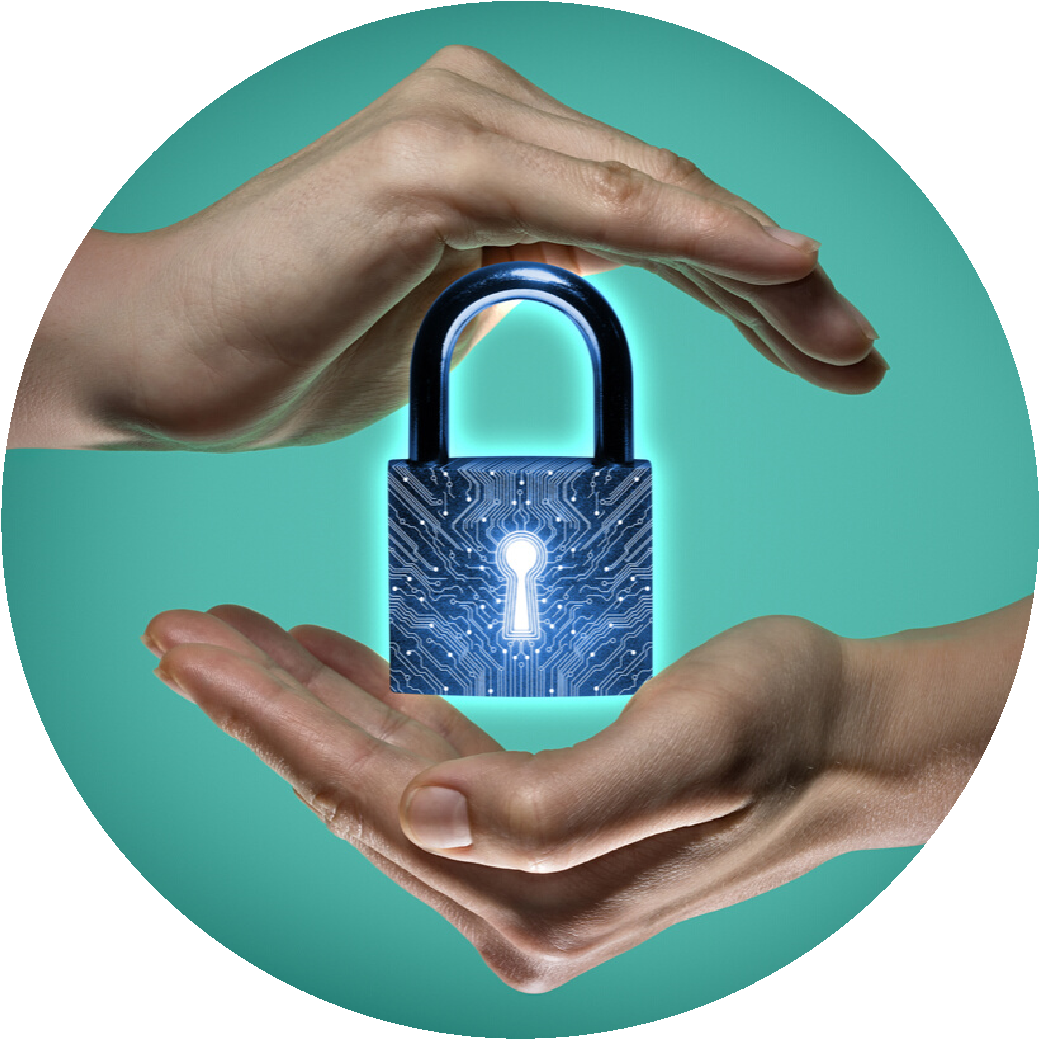Storage and Analysis Considerations
UiO has a system in place which codes data based on the level of security required. Before determining what storage and analysis tools you will utilize to work with your data, it is important to first consider the security class your data falls under, as well as UiO policies for where that data can safely be stored. One challenge is that there can be some ambiguity regarding which class your data falls under. When in doubt, use the higher security category.
Green Data:Data that is freely available to the public. This includes lecture slides, class syllabi, and open access published articles. Any data on individuals present in these documents must be carefully anonymized.
Yellow Data:Data that is restricted from public access. Certain types of personal data will fall under this category, as well as results and publications which are unpublished. Data that is sufficiently anonymized may fall under this class. Yellow data may be stored on UiO server-based tools like Lagringshotell or your home directory. Yellow data includes responses to behavioral experiments, EEG data (excluding structural MR scans), some types of video involving consenting adult participants and anonymized questionaires.

Red Data:Data that is severely restricted and to which only a select few individuals responsible for the research should have access. Red data includes health related information, certain kinds of sensitive information or data pertaining to minors that has not been sufficiently anonymized. Structural MR scans fall under this category until they are defaced and skull stripped, as do certain classes of video and audio recording data. Red data should ideally be stored in TSD, but may be stored in Lagringshotell (with the restriction that such data should not be moved elsewhere). Red Data should always be transported on encrypted hard drives.
Black Data:Data that includes large amounts of health or other sensitive data that could cause substantial harm to participants if revealed to the public or research with potentially large economic worth (data obtained in connection with patentable devices, for example). Such data must be stored in TSD with consultation from USIT (The University's Center for Information Technology) legal staff.
Further guidance:
